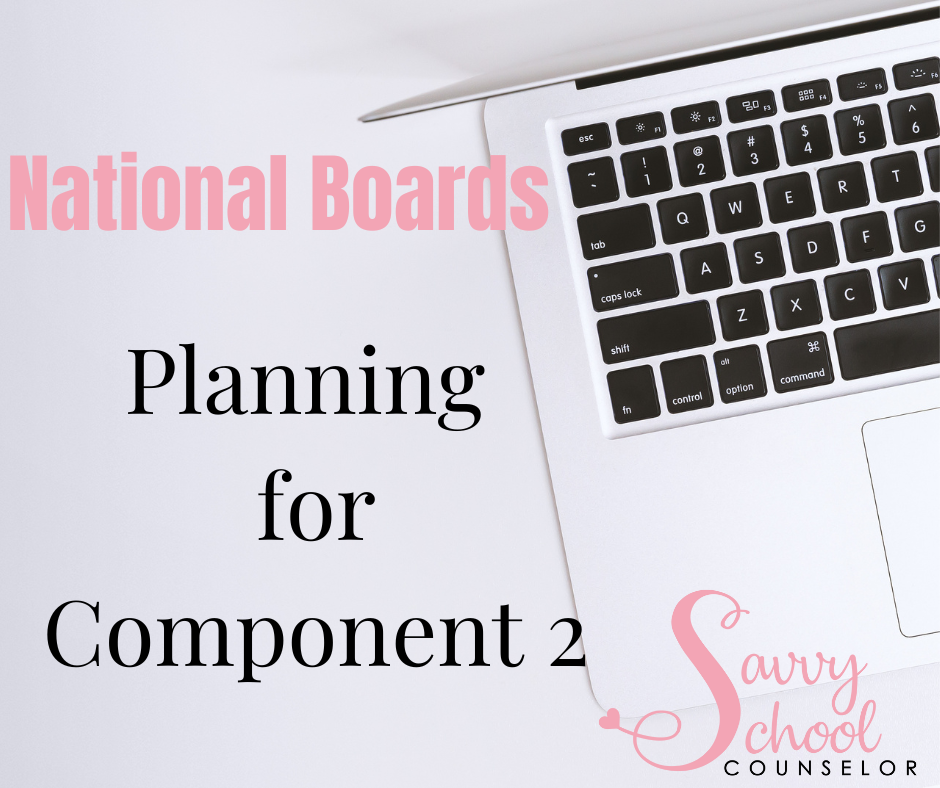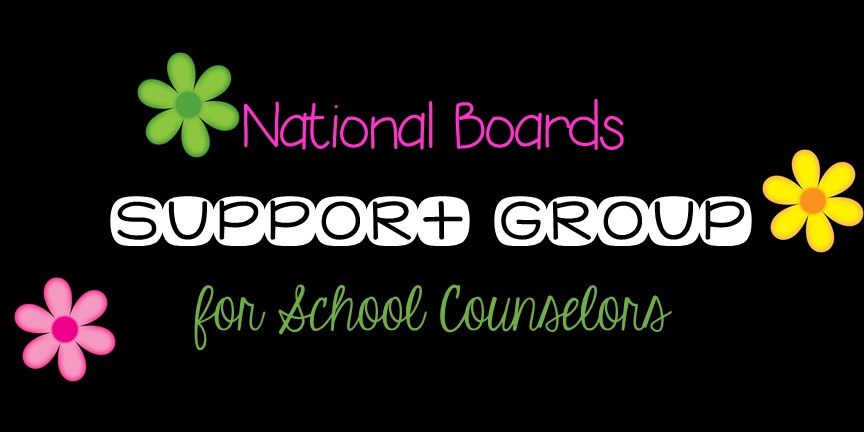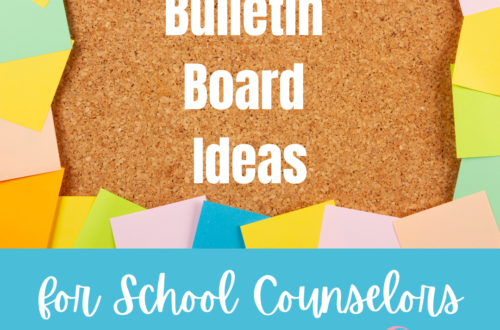National Boards: Planning for Component 2

As I mentioned in my last National Boards post, Component 2 will showcase your ability to differentiate instruction by designing a small group that focuses on a critical need and provides appropriately differentiated instruction for the students involved.
Component 2 is the same as what was previously known as “Entry 1.” The blog post “National Boards: Planning for Entry 1” is still relevant. In this post, I will revisit identifying a critical student need, discuss aligning the assignment you’ll use for the student work samples with the “analysis of student work” section of your written commentary, and discuss using the rubric to guide your work.
Your Focus for Component 2
In the post “National Boards: 3 Important Things to Do Now,” I talked about how I ended up choosing the critical student need as my focus for then Entry 1. My plans for a friendship group unexpectedly turned into a grief support group for students from a 4th-grade class who lost their teacher. The instructions for Component 2 tell you to identify a critical need that is common to your school and community within the personal/social domain. You then need to collect and analyze data related to that need.
As I mentioned before, you can begin with your school’s administration or any other staff member who deals directly with school data. You may also have your own data that you have collected over time. The data, however, is not limited to that which has already been collected. You can look at that data, find a specific need, and then you can create your own survey to guide you in planning your group. The data you collect should assist you with selecting the students who are just right for your group.
Your Component 2 Work Samples
As you continue with the instructions for Component 2, it says you will need to design and implement a structured activity for your small-group sessions that will provide responsive services which are related directly to that need. When planning for this, I typically use the analysis section of the written commentary directions as a rubric.
It’s possible that you may have or may find an activity that ties right into your goals for the group. Whether you find a resource or create your own activity, you will want to make sure the work you are doing will tie into the analysis you’ll need to write.
For Component 2, the analysis of student work section of your writing has a suggested length of four pages. You’ll want to be able to describe how the assignment you’ve chosen connects to your small group.
One questions asks, “How do the three student work samples inform your understanding of the needs of these specific students and the other students in the group?” Make sure the resource you’ve pulled allows for this type of analysis. Every activity isn’t created equally. Remember that you want the assignment to give you more insight into their specific needs. Although my small group’s critical need was grief support for 4th graders after the sudden death of their teacher, I chose an activity that would dig deeper and help me discover how each student was processing the loss individually.
You’ll want to make sure the assignment connects the your group goals and student competencies. You’ll also want to be able to share how what you’ve leaned from your analysis can be used to help you plan how you will continue to work with the students in your group moving forward.
Using the Rubric
This is something you’ll see me repeat moving forward in future posts. Use the rubrics provided to guide your work. They tell you everything your assessor will be looking for in order to give you the best score possible. Become familiar with the performance rubric for level 4. That’s where you want you scores to fall whenever possible. If you focus on the points in the rubric, even if you fall a little short, you should still end up on the side of success.
The component 2 document states: ” The LEVEL 4 performance provides clear, consistent, and convincing evidence that the counselor identifies a critical student need, gathers and analyzes data, forms a small group, and designs and implements small-group sessions that provide responsive services that address student needs in the personal/social domain.”
The key words are clear, consistent, and convincing evidence. The difference between level 4 and level 3 is that level 3 only says “clear” evidence. You’ll want to be consistent and convincing!
If you haven’t already, take time to look through the level 4 rubric and make sure your group plans and student assignments take all of that information into consideration.
If you are not already on the National Boards email list, be sure to sign up. Once you do, you will receive an email with a link to a survey. I am using the survey to direct my future National Boards content where possible.
Also, be sure to join the National Boards Support for School Counselors Facebook Group.
I will be posting about the NBPTS process again soon as I work to add updates to my page.
Stick around! You can follow Savvy School Counselor with free email updates. You can also follow my TpT Store to keep up with my latest products and freebies. Additionally, I do giveaways through My Facebook Page with my new products. Be sure to like Savvy School Counselor on Facebook and click to receive notifications so you don’t miss them!





One Comment
Pingback: